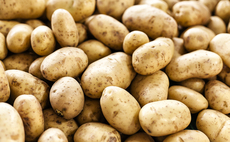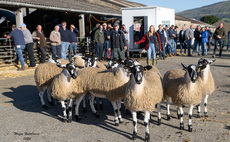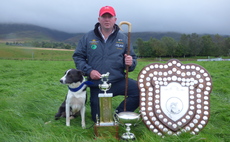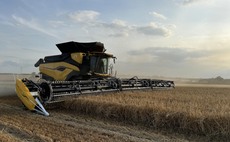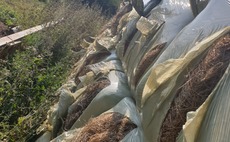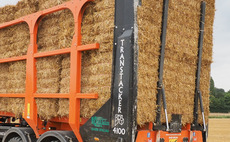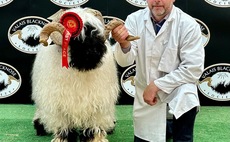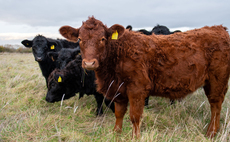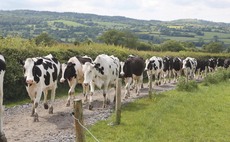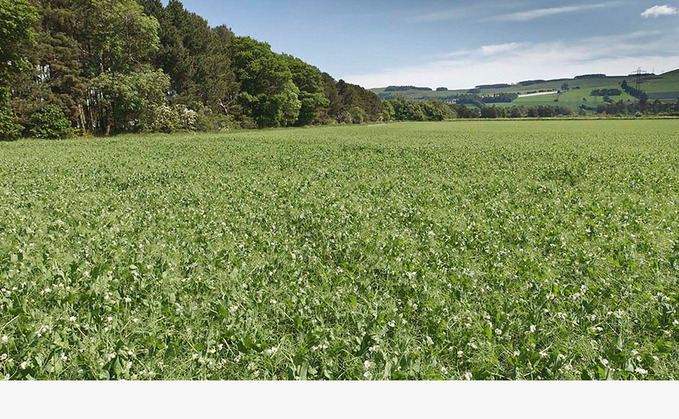
Often chosen as a last-minute break crop, a lack of attention to detail with some pulse crops means they are not given the opportunity to reach their full potential.
This is according to Toby Hogsbjerg who grows 28 hectares of large blue combining peas near Kings Lynn in Norfolk.
He says: "Often there seems to be a lack of care and attention with some of these pulse crops, they don't get the chance to be as productive as they could be as they are often a last minute break crop.
"For us, peas are a good replacement for oilseed rape because they ease the workload. They also give a good entry for winter wheat, free nitrogen, an improvement in soil health, there's a readily available market and a good price if you get the quality and they are well suited to my soil type. Peas are definitely a good crop to grow but they do need the attention to detail."
Establishment
According to Mr Hogsbjerg, good establishment is crucial because that is the backbone of the whole pea crop.
He says: "You have to have a really good seedbed, get the crop in, up and away as evenly as possible. Our peas went into land which had been ploughed and pressed for winter barley that didn't get planted. In the spring we sprayed it off, fertilised it, took the wheelings out, cultivated and drilled the peas at the end of March.
"The peas probably went in a week earlier than they should have done but it worked out well because our land is very, very light, so they were in before the dry weather and just kept on going.
"You have got to make sure you get the best out of your pre-em. I applied Nirvana and Centium and they have done a really good job this year."
Currently there is no disease evident and the peas are beginning to put out pods. Last week Mr Hogsbjerg applied trace elements, due to deficiency and recommendation, and fungicide.
Winter beans
In mid Suffolk, weather conditions in the autumn stopped Jeremy Squirrell planting as many winter beans as usual and so he increased his spring bean area to 47ha.
He says: "We grow beans regularly, purely for a rotational benefit, instead of just growing oilseed rape, which is an incredibly risky crop to grow nowadays.
"We are firm believers of a good rotation and the benefits that brings to the following crop. We always follow beans with a first wheat, unless weather conditions stop us getting it in. All break crops bring a yield advantage over just growing continuous cereals, some years it might be a small percentage, other years it could be over 2tonnes/ha difference."






